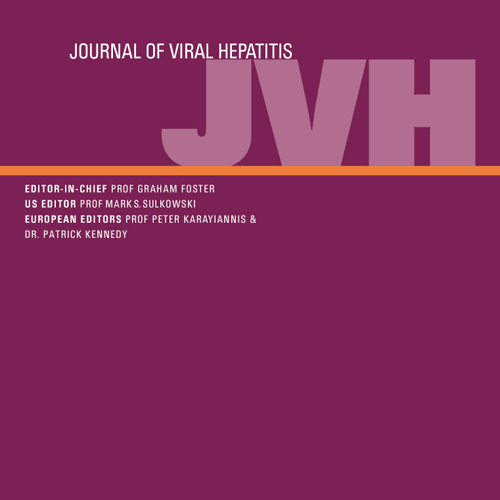Resumen
La infección crónica por el virus de la hepatitis C (VHC) produce fibrosis hepática, cirrosis y carcinoma hepatocelular (CHC). El reciente proyecto Global Burden of Disease (Carga mundial de enfermedades) estimó que en 2010, de los 170 millones de personas que vivían con VHC crónica, unas 483 100 personas murieron por insuficiencia hepática o CHC relacionados con el VHC. En las dos últimas décadas se han producido mejoras progresivas en el tratamiento de la infección por VHC, y las terapias más recientes ofrecen tratamientos sencillos, tolerables y de corta duración con una eficacia extremadamente alta. El desarrollo de estrategias de salud pública para abordar las epidemias emergentes requiere datos epidemiológicos sólidos. Este estudio abarca la recopilación de datos epidemiológicos, la opinión detallada de expertos y la elaboración de modelos matemáticos específicos de cada país sobre la epidemia de VHC y el impacto potencial de las estrategias mejoradas de tratamiento de la enfermedad en 16 países. El análisis demuestra que las epidemias de VHC varían considerablemente en términos de distribución por edad de la población infectada en los distintos países. Además, la carga de la enfermedad hepática avanzada varía ampliamente. Esta carga depende de factores como la prevalencia crónica del VHC, la distribución por edades (y la duración de la infección) de los infectados, la prevalencia de cofactores para la progresión de la enfermedad (en particular, el consumo excesivo de alcohol) y la aceptación y el éxito de la intervención terapéutica. La introducción de nuevas terapias con una tasa de respuesta virológica sostenida (RVS) asumida de >90% tendrá un impacto modesto en la carga proyectada de enfermedad hepática avanzada. Una combinación de mayor eficacia del tratamiento y una mejor aceptación del tratamiento tendrá un mayor impacto en la carga de enfermedad a nivel de población. Sin embargo, se requiere la promoción de la salud pública y la inversión tanto del sector público como del privado en la respuesta al VHC para demostrar una reducción significativa de la carga de enfermedad por VHC.
Países: Australia, Austria, Bélgica, Brasil, Canadá, República Checa, Dinamarca, Egipto, Inglaterra, Francia, Alemania, Portugal, España, Suecia, Suiza, Turquía

